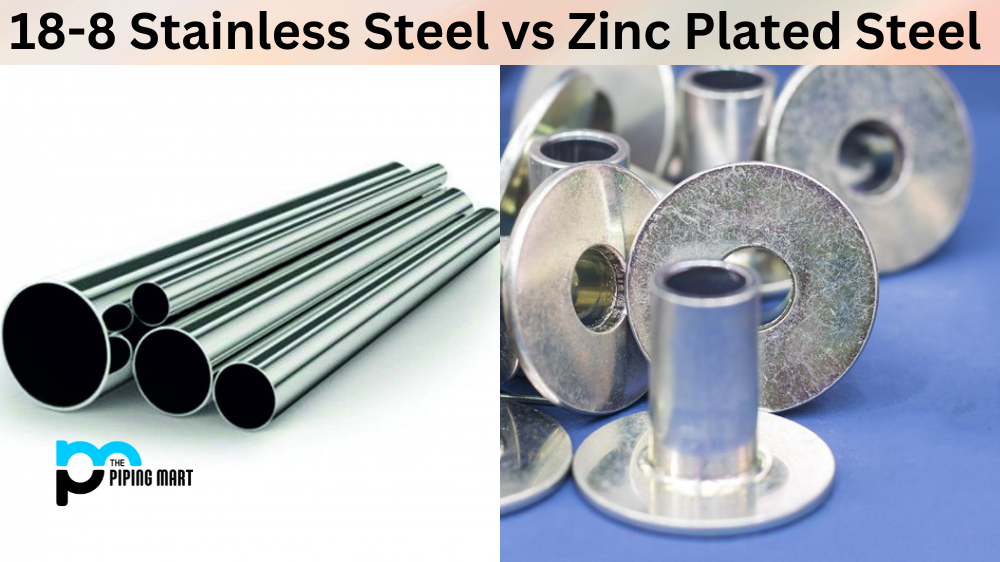When planning an industrial application that requires using stainless steel 304, it is important to understand the heat transfer coefficient of the material. This heat transfer coefficient provides valuable information about how well heat will be conducted through and around stainless steel 304. So what exactly is the heat transfer coefficient of stainless steel 304? Let’s take a look.
Basics of Heat Transfer Coefficient
The heat transfer coefficient is a measure of how quickly heat can be transferred through a material or material combination. It is measured in watts per meter-Kelvin (W/m-K). In most cases, greater thermal conductivity means more efficient heat transmission. It is important to understand this concept when considering which materials to use in an industrial application.
Heat Transfer Coefficient of Stainless Steel 304
Stainless steel 304 has a thermal conductivity of 16 W/m-K at room temperature or 8 W/m-K at temperatures below 0°C. This relatively low thermal conductivity makes stainless steel 304 less efficient for transferring and conducting heat than other metals, such as copper or aluminium, which have higher thermal conductivities (around 400 W/m-K). However, it also means that stainless steel 304 maintains its structural integrity better in extreme temperatures than those other metals.
It should be noted that adding insulation around stainless steel 304 can help improve its thermal performance by reducing the amount of energy lost by conduction through its surface area. Additionally, the addition of other materials, such as aluminum foil or ceramic foam, can further enhance the thermal performance of stainless steel 304 in some applications.
Conclusion:
In conclusion, stainless steel 304 has a relatively low heat transfer coefficient compared to other metals like copper and aluminium — 16 W/m-K at room temperature and 8 W/m-K at lower temperatures — making it less efficient for transferring and conducting heat but better able to maintain structural integrity in extreme temperatures than those other metals. However, adding insulation around the metal or combining it with other materials can help improve its thermal performance. Understanding this information can help engineers make informed decisions when choosing materials for their industrial applications involving stainless steel 304.
Meet Heer, a dynamic and driven writer learning tricks of her trade in the metal industry. With a background in Digital Marketing, Heer brings a unique perspective to her writing, sharing valuable insights. Apart from blogging she like reading and hiking.




